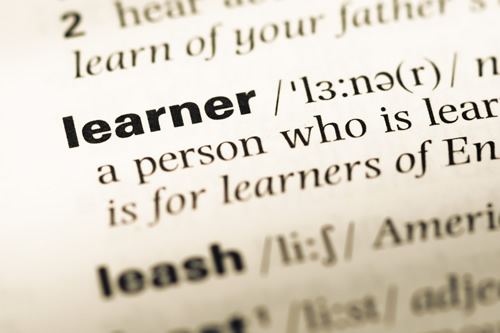The opportunity of bilingualism is an important gift to give to our students. The cognitive, cultural, and professional benefits of bilingualism have the potential to broaden learners’ experiences in their careers and academics.
In a recent edWebinar, Maya Goodall, senior director of EL Curriculum at Lexia Learning, highlighted that 10 percent of all students in U.S. public schools are emerging bilingual learners and emerging multilinguals.
Related content: How we turned around our English learner program
Formerly called English Language Learners, students who speak more than one language have demonstrated advantages and awareness of languages, communication skills, memory, decision making, and analytical skills.
According to applied linguistics, in order to learn a language, it is critical to speak a language. If the learner doesn’t have the skill of language, they will struggle with reading comprehension.
By implementing five evidence-based literacy strategies Goodall identified, emerging bilingual learners can learn the skills of language while simultaneously learning to decode.
1. Develop decoding skills with early, explicit, and intensive instruction in phonological awareness and phonics. This particular instruction lends itself to learning as the learners are making sounds, saying words, and viewing pictures during classroom activities such as movement, singing, and games. The essential ingredient in developing decoding skills for learners is that language learning, not just literacy learning, must both be happening at the same time.
2. Provide increased opportunities for emerging bilingual learners to develop sophisticated vocabulary knowledge, including strong academic language. These learning opportunities include the use of vocabulary words in conjunction with whole sentences, language frames, and sentence starters. When the teacher provides all the grammar and syntax of a sentence, the learner can concentrate and have the structure to give context to the vocabulary word.
Related content: English learners need resources, support
3. Use narrative and expository texts, along with modeling and conversation to teach comprehension. There is a difference between comprehension strategies and comprehension skills. Skills are used to prove that we understand the texts through formative and summative assessments. Strategies help learners with skills such as visualizing, predicting, questioning, monitoring, and clarifying texts and are meant to be discussed aloud as a class or in small group settings.
4. Promote reading fluency with a focus on vocabulary and increased exposure to print. Using vocabulary in language frames and complete sentences are more effective than just teaching vocabulary in isolation. Exposure to the language frames can be used to promote academic conversation in a class by creating fun activities in which emerging bilingual learners can reason and ask questions of each other in small group settings.
5. Ensure that independent reading is structured and purposeful. Design this time for conversations that help comprehension. Independent reading should be done at correct reading comprehension and language proficiency levels as it should be dedicated to learning the language and not learning to read.
Goodall also recommends scaffolding of the new language for emerging bilinguals. It should be fluid, easily removable, and built depending on the day and skill taught at the moment. Repetition as a scaffold is vital in language learning. Emerging bilingual learners may need up to 100 repetitions to learn a new skill, so it is critical to keep repetitions the same every time. At some point, the learner has to master and manage on their own, so teachers need to provide release time or extra time for them to recall, process, and create the correct response.
About the presenter
Maya Goodall, Senior Director of EL Curriculum at Lexia Learning, has worked in education for over 20 years, teaching both nationally and internationally. Maya has a rich professional background that includes teaching in the classroom, coaching, training, and implementing and designing curricula with measurable outcomes. She founded Lingual Learning, a curriculum company dedicated to helping students become confidently bilingual. Maya speaks three languages and holds an M.Ed. and MA in applied linguistics.
Join the community
ELA Today is a free professional learning community on edWeb.net that provides educators and curriculum leaders with a place to collaborate on best practices for teaching English Language Arts in K12 today.
This edWeb broadcast was sponsored by Lexia Learning. The recording of the edWebinar can be viewed by anyone here.
- 7 reasons to ditch recipe-style science labs - November 22, 2024
- As a paradeducator, here’s how I use tech to help neurodivergent students gain agency - November 22, 2024
- 5 ways school districts can create successful community partnerships - November 21, 2024


